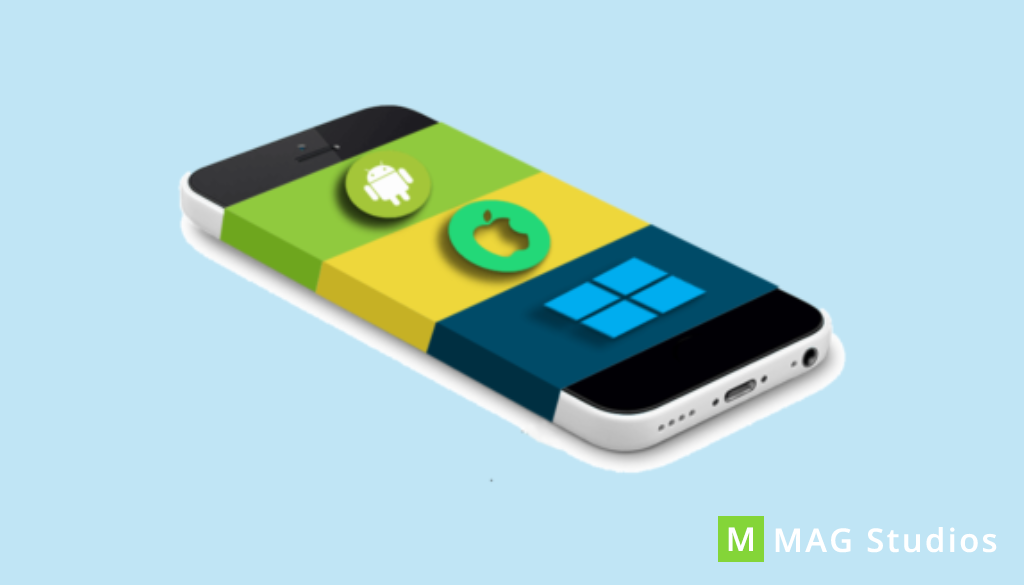Around the year 2002, not many people would have thought that in a few years, they could have their whole life managed and organized with the help of mobile phone applications. With the evolution of new and innovative software and mobile technologies, the world witnessed the immense potential and scope of mobile applications. As a result, mobile phones and the applications it contains have become an indispensable part of our daily lives. Today, you can easily order food online, scroll through your social media profiles or simply play games on your devices.
The mobile application industry is thriving with over 2.7 billion people using smartphones every day. Surveys have found that about 57% of digital media usage comes from mobile apps. On one hand, there are some companies profiting from this trend, whereas, many don’t know how to develop an app successfully. The process to develop an effective mobile application involves 6 steps that are outlined below.
Market Research and Strategy
The first step involves defining a strategy to turn your idea into a successful app. This requires extensive market research and insight into the tastes and preferences of the target audience. You should also bear the competitor’s strategy in mind and set your own targets and objectives accordingly.
Planning and Analysis
Planning your app’s roadmap is one of the most important steps. After spelling out the objectives for the app, you must now focus on identifying the skills needed for developing the application. Analyse and plan the features, benefits, core appeal and the desired mobile platform (iOS, Android) for the app.
Wireframes and design
Mobile users love apps that look great and function well. Creating wireframes is a quick and cost-effective way to design app layouts. In addition, they provide a visual structure to the various functions the app will perform. In mobile design, the usability of an app is an important factor. Thus, the goal of this stage is to make your app interactive, creative and user-friendly.
App development
You need to establish some development milestones and technological infrastructure regarding mobile back-end, front-end, and APIs. This involves picking the right technology stack that best suits your app. A technology stack is a combination of frameworks, programming languages and software tools that acts as the foundation for your app.
Test the app
Once the app has all the graphics, text and technical infrastructure, it is time to test the app. You need to test your app in real-world scenarios to check if it is stable, usable and secure. Observing other people using your app will provide you helpful insight regarding user experience and behaviour. Thus, your app must be tested on multiple mobile platforms to ensure smooth functioning
Release and launch
The last step requires distributing your app to various app stores such as Apple App Store for iOS apps and Google Play for Android apps. The app’s release on the app store needs some data such as the app’s title, description, category, keywords for SEO. Once your app enters the app store successfully, keep monitoring its usage and ask people for valuable feedback and suggestions.
Mobile application development is a non-stop process as it continues even after launching the app on various stores. So, these are the 6 steps and required processes that facilitate the development of an efficient mobile application.

